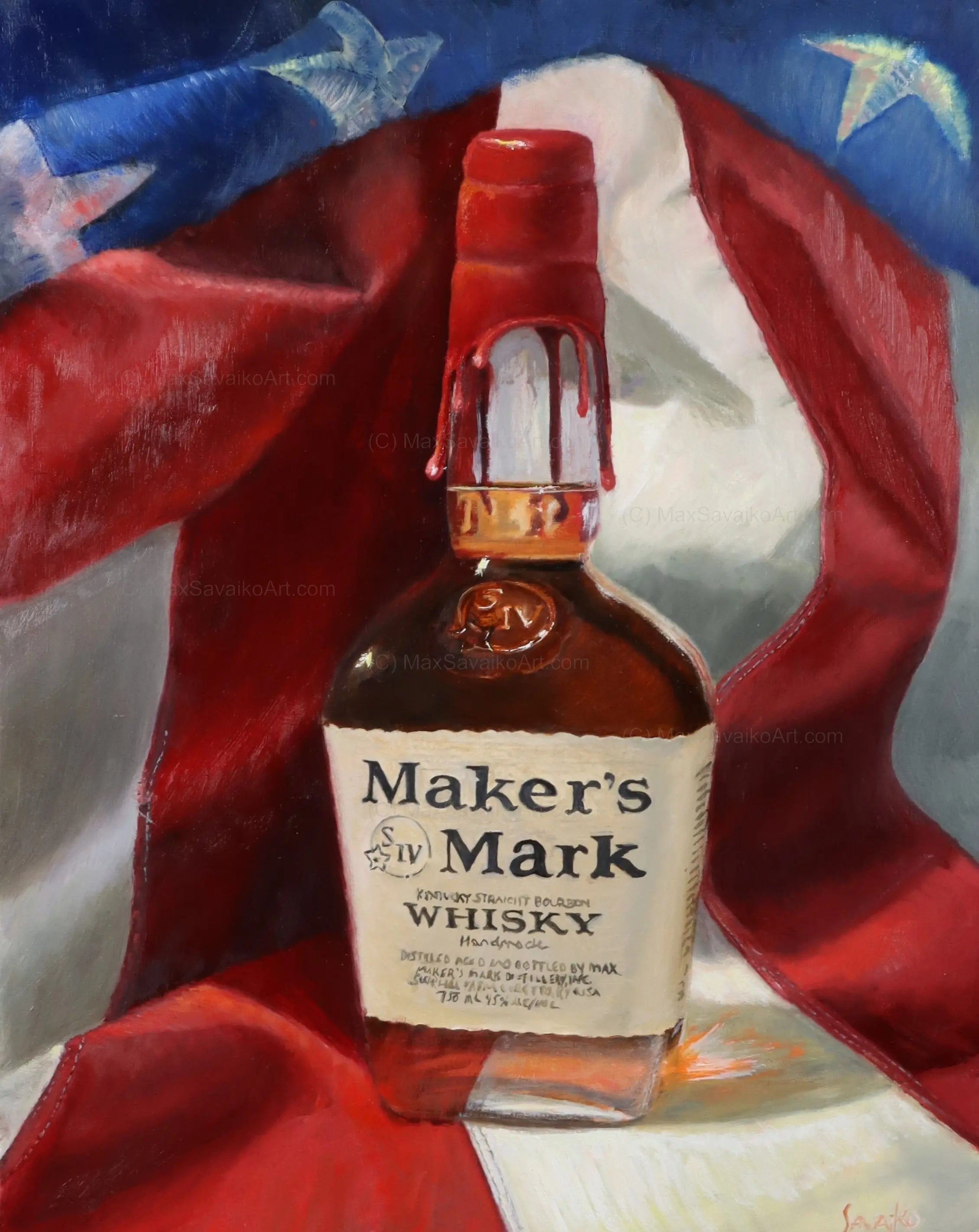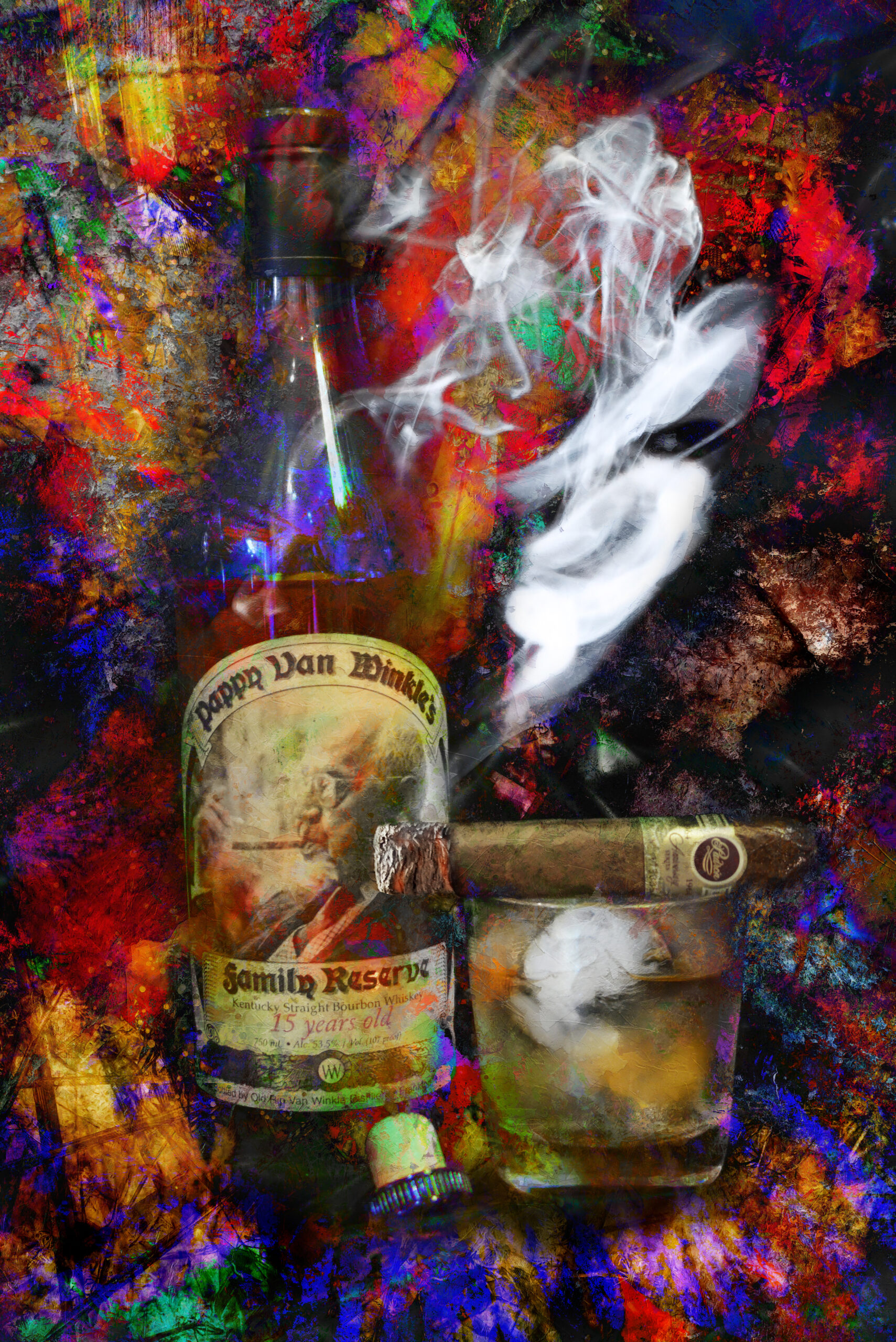The Significance of Whiskey Art in Celebrating Heritage and Craftsmanship in the Beverage Industry
The intricate relationship between bourbon art and the celebration of heritage and workmanship within the beverage sector can not be overemphasized. Through thoughtfully made labels and bottles, whiskey brands encapsulate their historic roots and the artisanal skills that define their production techniques. This imaginative dimension not only boosts market allure but likewise works as a channel for cultural storytelling, promoting a deeper link between the consumer and the craft. As we check out the numerous elements of this subject, appealing inquiries concerning the impact of contemporary fads on conventional methods develop, motivating additional evaluation.
The Historical Roots of Whiskey
At the heart of whiskey's allure lies an abundant tapestry of historic roots that map back to old civilizations. The origins of scotch can be linked to the purification techniques of the Sumerians and Babylonians around 2000 BCE, where very early forms of fermented grain drinks started to emerge. It was in the Middle Ages that the art of purification developed substantially, especially in Ireland and Scotland, leading to the development of bourbon as we know it today.
The term "scotch" itself originates from the Gaelic word "uisce beatha," suggesting "water of life." This expression highlights the cultural significance of scotch in Celtic cultures, where it was often connected with routines, events, and common bonding. By the 15th century, purification came to be an identified craft within monastic communities, leading the way for the establishment of lawful distilleries.
As trade paths increased, scotch's popularity grew, transcending local boundaries and recording the passion of lovers worldwide. Bourbon Art. This historical trip shows not just the craftsmanship behind bourbon manufacturing yet also its indispensable function in social and cultural contexts, marking it as a substantial drink throughout history
Artistic Expression in Branding
Bourbon branding stands as a compelling crossway of creativity and commerce, where visual identity plays a vital role in forming customer understanding. The visual appeals of whiskey labels, product packaging, and marketing materials show not only the brand name's tale but additionally its core values and heritage. Through creative expression, distilleries share a narrative that resonates with customers, stimulating emotions and sparking connections.
The use of shade, typography, and images in branding offers to set apart items in a saturated market. As an example, conventional concepts may evoke a sense of authenticity and craftsmanship, while modern-day styles can represent technology and forward-thinking. This strategic creative direction boosts brand acknowledgment and loyalty, permitting customers to build a personal connection with the bourbon they select.
Furthermore, creative expression in branding usually acts as a celebration of regional heritage. Distilleries regularly include regional signs or historic references right into their designs, developing a local color that invites customers to participate in a broader social experience. Eventually, the virtuosity behind bourbon branding not just enhances visual charm however likewise enriches the overall narrative of the brand, promoting a deeper gratitude for the workmanship and heritage ingrained in each bottle.
Workmanship in Bottle Design
The artistry evident in bourbon branding extends past visual identity to encompass the craftsmanship associated with bottle style. Each bottle works as a vessel not simply for the spirit within, yet also for the story it outlines its custom, top quality, and beginning. The design process needs thorough focus to detail, as elements such as form, closure, and material add substantially to the total understanding of the bourbon.
Workmanship in bottle design entails selecting high-grade glass that can improve the bourbon's color and clearness, while additionally supplying a tactile experience for the consumer. The silhouette of the container must be both aesthetically appealing and practical, usually reflecting the heritage of the brand name. Several distilleries opt for special shapes or embossed logo designs that evoke a feeling of authenticity and history.
Additionally, the label layout and typography play a vital function in interacting the brand name's narrative. Realism Art. A well-crafted bottle not only astounds the consumer's eye however additionally enhances the brand name's dedication to high quality and tradition. This this hyperlink way, the craftsmanship of bottle layout comes to be a crucial facet of the bourbon experience, combining creativity with an extensive regard for heritage
Cultural Relevance of Bourbon Art
Commemorating custom and workmanship, the social importance of bourbon art transcends plain appearances, intertwining with the historical and social narratives of the areas from which it comes from. Each container functions as a canvas, showing the distinct stories, mythology, and practices that have actually formed local whiskey-making techniques. The detailed designs often mirror the heritage of the distillers, incorporating icons and motifs that reverberate with the culture and worths of their neighborhoods.

In enhancement, whiskey art plays a vital function in public gatherings and events, working as a substantial web link between individuals and their shared experiences. By appreciating the artistry in bourbon packaging, consumers cultivate a much deeper understanding and respect for the craft, inevitably enriching their pleasure of the drink itself.
Modern Trends in Whiskey Discussion
In current years, the presentation of scotch has actually evolved to reflect contemporary preferences and fads while still recognizing typical craftsmanship - Bourbon Art. Distilleries are increasingly focusing on aesthetic components that enhance the general alcohol consumption experience, connecting the gap in between heritage and modernity
Ingenious bottle styles have actually emerged, often including sustainable products and creative tags that tell engaging stories. Several brand names now collaborate with regional musicians, instilling their items with special visual expressions that reverberate with customers. In addition, limited-edition launches are usually packaged in collectible containers, including worth and charm for connoisseurs.

Final Thought
In conclusion, whiskey art serves as an essential channel over at this website for expressing the heritage and workmanship fundamental in the drink industry. Through elaborate branding, cutting-edge bottle styles, and culturally considerable artistic components, bourbon brands successfully recognize their customs and connect with consumers.


Workmanship in container layout entails selecting top quality glass that can improve the whiskey's shade and clarity, while likewise providing a responsive experience for the customer. In this method, the workmanship of bottle layout comes to be a crucial element of the whiskey experience, combining creativity with an extensive respect for heritage.
In verdict, scotch art serves as an essential avenue for expressing the heritage and workmanship fundamental in the beverage market.